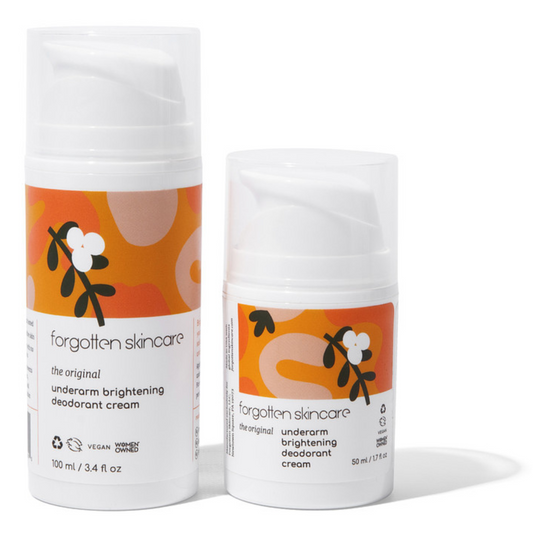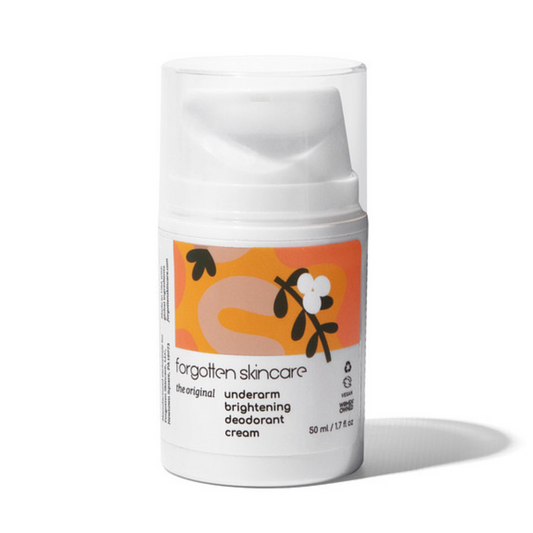When you have skin sensitivities, anything that touches your skin is a potential trigger for an allergic reaction. The desire to rid our bodies of unwanted hair is a normal, everyday affair. From our legs to our armpits and bikini line, and for some of us our toes and even our arms, we work daily to get smooth skin that makes us feel good.
The two most common hair removal options are waxing and shaving. But which is better? The answer isn’t as easy as picking just one. The answer really depends on your skin type, your pain tolerance, the areas of your body you’re focusing on, and what results you are looking for. Not to worry - we’ve outlined the pros and cons of each so you can decide for yourself.

Waxing
Hair removal using wax is achieved with one of two wax products - soft and hard wax. Soft wax contains ingredients that include rosin, oils, and other additives. It is applied to the top of the skin and then removed quickly with a muslin strip, against the direction of normal hair growth. Soft wax is generally used on large and medium areas of the body, including the armpits.
Hard wax is made from beeswax, resin, and oils and hair removal is achieved without the use of strips. The wax is left to dry and then it is removed. Hard wax is most commonly used on the face, as it does not adhere to the skin itself. Because of this, it’s also a better choice for individuals with sensitive skin.
It’s important to understand the possible side effects that come with using wax as a form of hair removal. These can include skin irritation, ingrown hairs, minor pain, some redness, rashes and bumps , sun sensitivity, contact dermatitis , infection, and scarring. If you’re on medications like antibiotics, hormone replacement therapy, birth control, or retinol-based creams, your skin may be more sensitive to waxing.
While you can wax at home, professionals are available to get to those hard-to-reach places, or just to do the job for you.

Shaving
Using a razor to shave unwanted hair from the body is probably the most common form of hair removal. You can do it yourself, it’s inexpensive, and if you have sensitive skin, you’re at lesser risk of developing unwanted side effects.
While some individuals do experience side effects from shaving, they are minor and the list is much shorter than the list of side effects that come with waxing. Side effects can include itching, nicks or cuts, razor burn, folliculitis, and ingrown hairs. Using a hypo-allergenic shaving cream can help minimize these unwanted effects.
Hair removal from shaving lasts only 1-7 days, a much shorter time period than waxing. However, it doesn’t require that you let your hair grow out prior to shaving, so as soon as you get that unwanted stubble, you’re free to remove it when you please.
So which is better? It depends on what you are trying to achieve and from which part of the body. For small areas like the eyebrows, waxing is a good choice. Not only does it get those individual hairs you’re targeting, the hard wax doesn’t adhere to the skin, which is great news for those who suffer from sensitive skin.
If you do have sensitive skin, shaving is the better choice and using a shaving cream that is made without harmful chemicals can keep ingrown hairs and unwanted bumps to a minimum.








